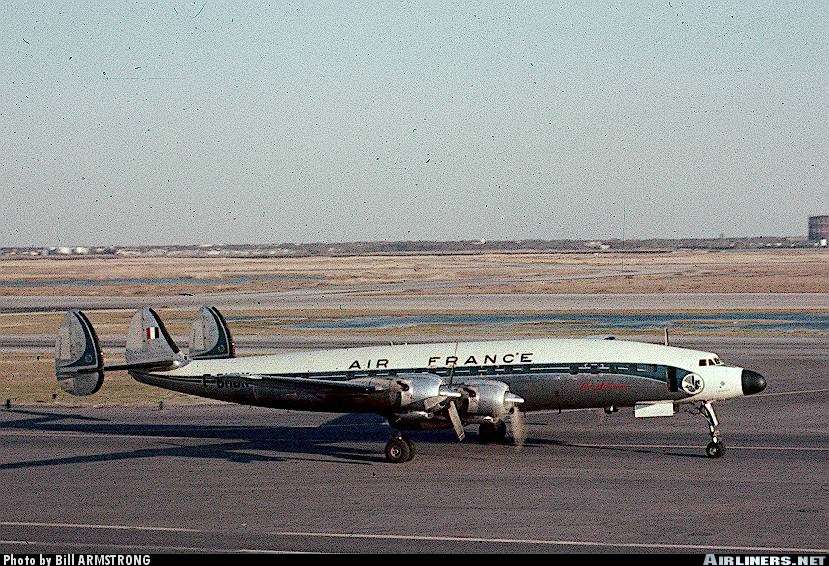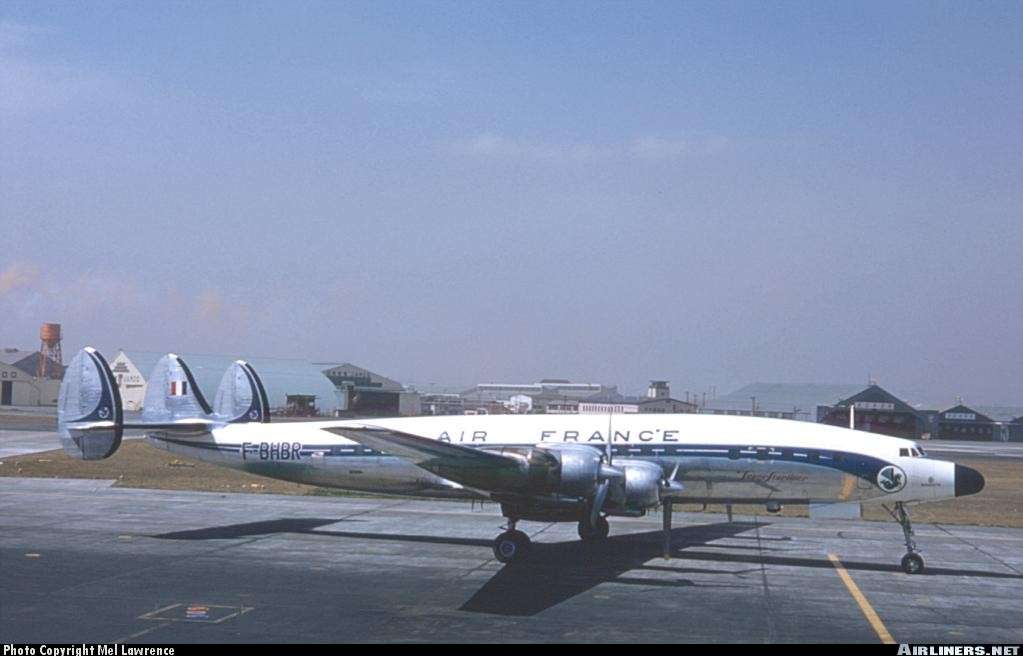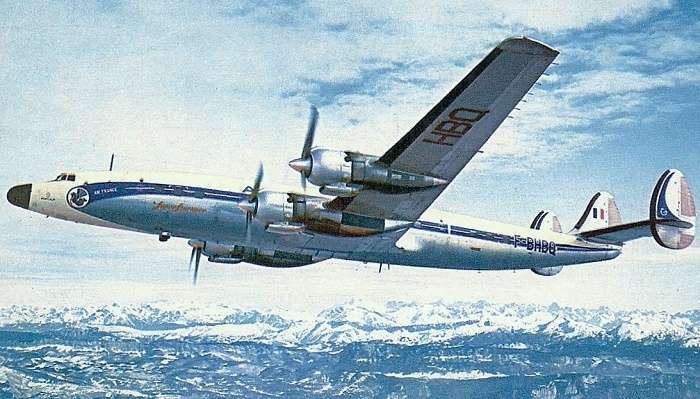On May 10, 1961, this danger became a horrifying reality when Air France Flight 406, a Lockheed L-1649 Starliner christened “De Grasse,” disintegrated mid-flight over the unforgiving Sahara Desert.
Air travel in the early 1960s held a sense of glamour and progress. Yet, beneath the jet stream’s roar lurked danger.
The crash, caused by a bomb explosion, claimed the lives of all 78 people on board, marking the deadliest aviation disaster involving a Lockheed Starliner and leaving a dark stain on aviation history.
A Doomed Journey

Flight 406 embarked on its fateful journey from Brazzaville, Congo, carrying passengers destined for Paris, France.
The route included stopovers in Fort Lamy (now N’Djamena), Chad, and Marseille, France.
The “De Grasse” was a four-engine propeller aircraft, a marvel of its time, but already nearing the end of its operational life.
At the controls were experienced Air France pilots, ready to navigate the long journey.
The flight progressed smoothly until taking off from Fort Lamy.
As the Starliner climbed to its cruising altitude of around 20,000 feet, a violent explosion ripped through the aircraft’s empennage, the tail section.
The force of the blast tore the plane apart, sending burning debris scattering across the vast emptiness of the Sahara.
The crippled aircraft plummeted towards the unforgiving desert sands below.
Search and Aftermath

The wreckage of Flight 406 was located roughly 35 miles from the Edjele oilfield, near the Libyan border.
The desolate landscape offered no survivors.
The crash site became a grim testament to the sudden and violent end met by all aboard.
The cause of the explosion was quickly identified as a bomb.
Investigations pointed towards a passenger carrying a suitcase containing the explosive device.
The political climate of the era, with ongoing unrest in parts of Africa, fueled speculation about the motive.
However, the exact details behind the bombing and the culprit’s identity remain a mystery to this day.
A Devastating Loss

The crash of Air France Flight 406 sent shockwaves through the aviation community.
The loss of 78 lives, including 18 children, was a stark reminder of the vulnerability of air travel.
The Starliner itself, once a symbol of progress, was now associated with tragedy.
The disaster led to increased security measures at airports, particularly in Africa.
Metal detectors and stricter baggage checks became more prevalent.
The incident also highlighted the need for improved in-flight security protocols to prevent such tragedies from happening again.
A Legacy of Loss
The crash of Air France Flight 406 serves as a somber reminder of the fragility of life.
It stands as a testament to the devastating consequences of violence and the enduring impact of unsolved mysteries.
While the exact details surrounding the bombing may forever remain shrouded in secrecy, the memory of those lost on that fateful day continues to hold a place in aviation history.
Today, Air France Flight 406 is a footnote in the broader story of air travel.
Yet, the tragedy serves as a crucial reminder of the importance of safety and security in the skies.
The desolate expanse of the Sahara forever holds the remnants of the “De Grasse” and the echoes of the lives lost on that tragic day.

Click the banner to subscribe to our weekly newsleter.

Click the photo to join our WhatsApp channel so then you can stay up to date with everything going on in the aviation industry!









